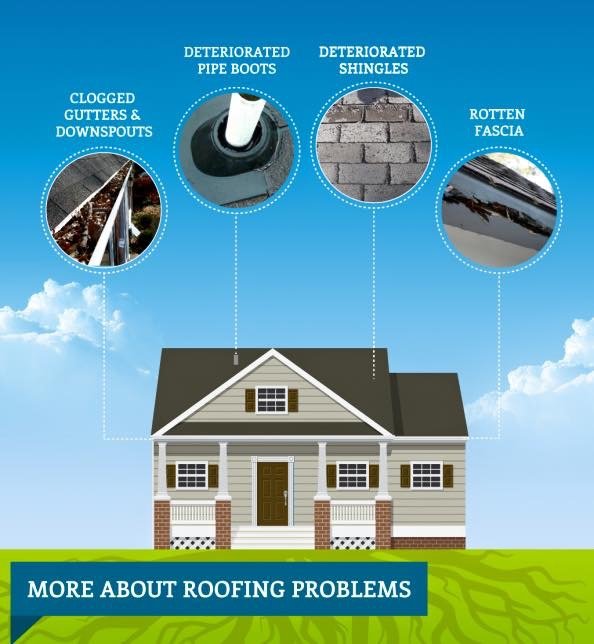When you're preparing a roof installation, it's simple to forget crucial details that can result in significant problems down the line. You may be attracted to cut corners on material selection or skip appropriate flashing setup, but these typical blunders can cause costly repair services later. Understanding the importance of ventilation and adhering to neighborhood building ordinance is crucial for a successful project. So, what are the key steps you should take to guarantee your roof stands the test of time? Let's discover some reliable techniques to prevent these risks.
Poor Material Selection
When it involves roofing system setup, choosing the wrong materials can cause expensive troubles down the line. You might believe that any roof product will do, but that's a typical misconception. It's essential to select products that suit your neighborhood environment and the specific needs of your home.
For instance, if you stay in an area with heavy rainfall or snow, opting for asphalt shingles might not be the most effective choice. Rather, think about even more durable options like steel or slate.
In addition, take notice of the top quality of the materials you're taking into consideration. Cheap materials may save you money upfront, but they typically do not have long life and can cause regular repair services or replacements.
You ought to likewise think about the design of your home and guarantee the materials you pick will certainly maintain its aesthetic appeal.
Lastly, don't fail to remember to talk to experts. They can give valuable understandings and recommend products that follow neighborhood building ordinance.
Investing time in appropriate product choice now can aid you prevent migraines and expenditures in the future, making your roofing project a success.
Inadequate Flashing Installment
Picking the best products isn't the only aspect that can bring about roof issues; poor flashing installment can also develop substantial issues. Flashing is essential for routing water far from vulnerable areas, such as smokeshafts, skylights, and roofing system valleys. If it's not installed appropriately, you take the chance of water breach, which can cause mold and mildew growth and architectural damages.
When you set up blinking, ensure it's the ideal type for your roofing's style and the local environment. As an example, metal blinking is usually extra sturdy than plastic in areas with heavy rainfall or snow. See to it the blinking overlaps appropriately and is protected tightly to avoid spaces where water can leak through.
You must likewise take notice of the setup angle. Flashing must be placed to direct water away from your home, not towards it.
If flooring san antonio 're not sure concerning the installation procedure or the products required, speak with a professional. mouse click the next web page can help recognize the very best flashing options and guarantee everything is set up correctly, protecting your home from possible water damage.
Taking these actions can conserve you time, money, and migraines later on.
Neglecting Air Flow Demands
While many house owners concentrate on the aesthetic and architectural facets of roof covering installation, disregarding ventilation requirements can bring about severe long-lasting consequences. Proper ventilation is crucial for controling temperature and wetness levels in your attic, preventing problems like mold and mildew development, timber rot, and ice dams. If you do not set up appropriate air flow, you're establishing your roofing up for failure.
To prevent this error, first, evaluate your home's specific air flow demands. A balanced system generally includes both intake and exhaust vents to advertise airflow. Ensure you've installed soffit vents along the eaves and ridge vents at the height of your roofing system. This combination allows hot air to leave while cooler air gets in, maintaining your attic space comfy.
Likewise, take into consideration the sort of roof covering material you've chosen. Some materials may require extra air flow techniques. Confirm your local building ordinance for ventilation standards, as they can vary dramatically.
Lastly, don't neglect to check your air flow system regularly. Obstructions from debris or insulation can hamper airflow, so maintain those vents clear.
Conclusion
In conclusion, avoiding usual roofing system installation errors is key to guaranteeing your roofing's durability and performance. By selecting the appropriate products for your environment, mounting flashing properly, and resolving ventilation demands, you can protect against costly issues in the future. Don't forget to familiarize on your own with local building codes and routine routine evaluations. With these actions, you'll delight in a risk-free, long lasting roofing that shields your home for years to find. Pleased roof!
